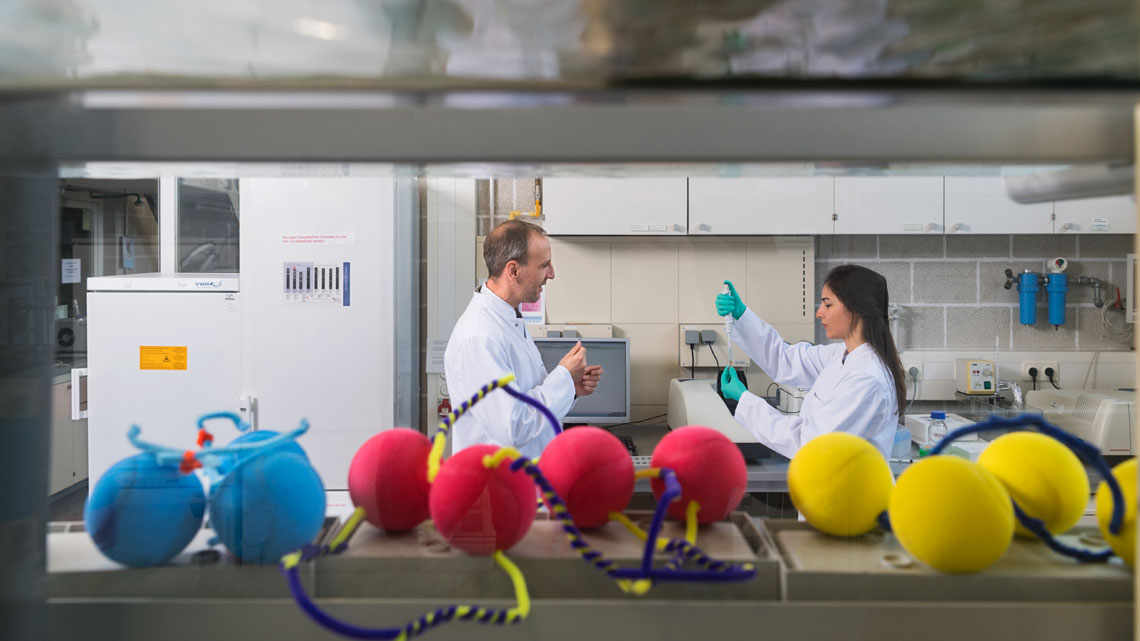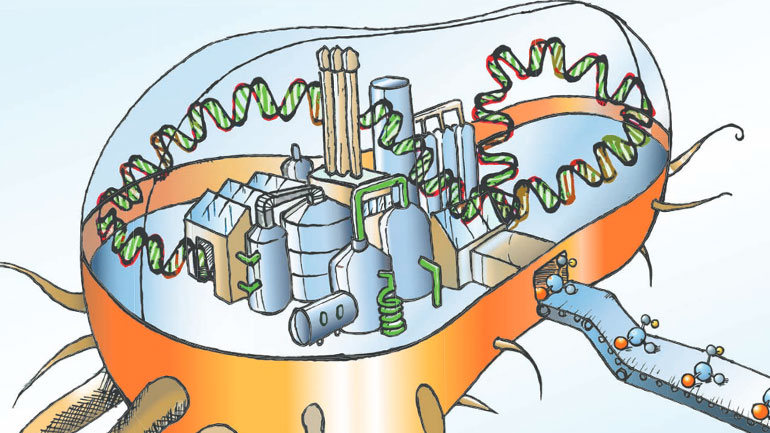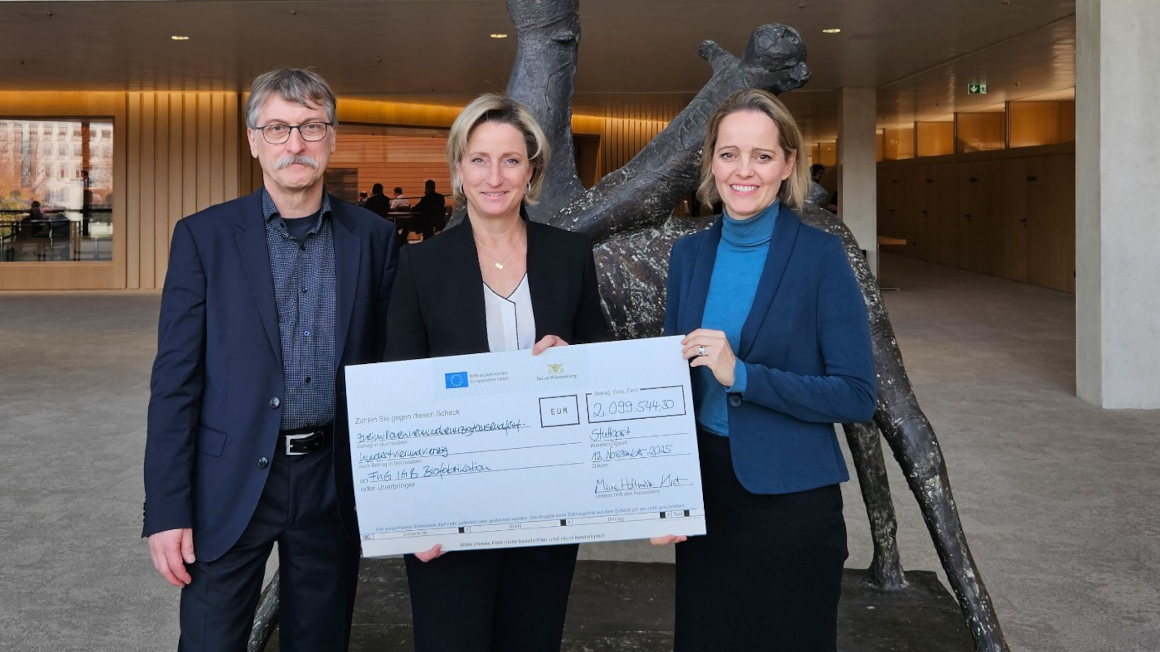Triple meds from artificial DNA
Bioengineers at the TU Munich have used artificial DNA to produce a hydrogel that can release several active substances in a specific order.

DNA is not only the carrier of genetic information. For some biotechnologists, the molecule is also a material with fascinating properties - for example, for bioengineers working with DNA origami. Biomechanics at the TU Munich have now created a promising application for pharmaceutical development.
If several drugs have to be taken in a certain order during a drug therapy, this can easily lead to errors in application. This holds doubly true if two of these drugs are not allowed to be active at the same time. It is true that the pharmaceutical industry has found ways of allowing substances to become active with a time delay. However, this does not guarantee that all components of the therapy will be released one after the other and in the correct order. The Munich researchers led by Oliver Lieleg now report in the specialist journal "Journal of Controlled Release" on a new approach to achieve this goal.
Conditions of the human body simulated
As proof of feasibility, the researchers used gold, silver and iron oxide particles instead of three active ingredients. They combined these with certain molecules from artificial DNA and embedded them in a hydrogel. Due to its size, the "active ingredient complex" can no longer move in the gel. However, if a saline solution is added, the silver particles are released from the gel. "Since the saline solution has approximately the same salt content as the human body, we were able to simulate that the active ingredients are only released when the preparation is used," explains TU researcher Ceren Kimna.
DNA as the key to release
The silver particles also release certain artificial DNA molecules. These act as a key to other artificial DNA, which usually blocks the iron oxide particles and protects them from the influence of the salt solution. However, the "key" breaks this blockade and releases the iron oxide molecules. These release a third group of artificial DNA, which in turn acts as the key to the release of the gold particles. Artificial DNA is particularly suitable for such applications because its structures and binding behaviour are well understood and predictable.
There is still a long way to go from the feasibility study to the first application. Nevertheless, the scientists are already focusing on specific products. "For example, an ointment applied to a surgical wound could release painkillers, anti-inflammatories and decongestants one after the other," explains Lieleg. It is true that ointments or creams that release their active substances with a delay are not new in themselves. However, in preparations used today it cannot be guaranteed that several active substances will not enter the organism at the same time.
Ointments and tablets conceivable
Furthermore, Lieleg does not see ointments as the only application area: "Ointments are the most obvious application for our hydrogel-based approach due to their consistency. In the future, the principle could also be used in tablets that release several active substances in the body one after the other."
bl/um


